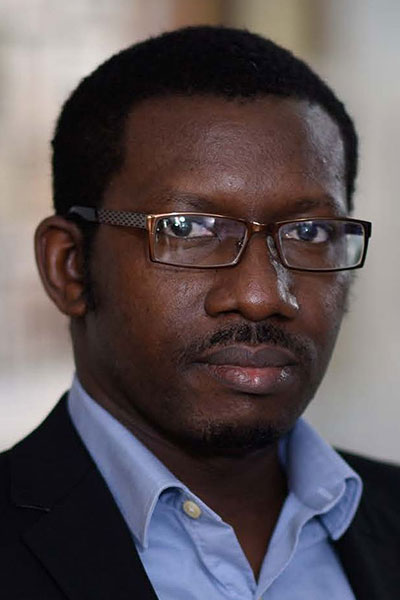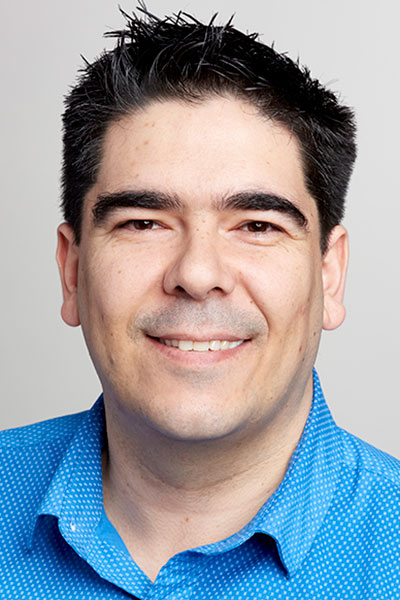Targeting the Tumor Microenvironment for Clinical Impact
Friday, December 9 • 3:00 pm – 5:00 pm CT • Hemisfair Ballroom 1&2

Presentation: Influence of bone microenvironment on metastasis
Igor Bado, PhD
Assistant Professor, Department of Oncological Sciences
Icahn School of Medicine at Mount Sinai
New York, NY
What is your presentation about?
My presentation will focus on bone-mediated epigenetic plasticity and secondary metastasis in breast cancer. I will describe how cancer cells crosstalk with “bone-building” cells to increase their degree of adaptation to the bone microenvironment, develop endocrine resistance phenotypes, and promote distant metastasis.
What makes this topic important in 2022?
Metastasis remains our greatest challenge in breast cancer, and the tumor microenvironment is indubitably a driving force for metastasis progression. The bone microenvironment is particularly interesting for both clinical and biological reasons. Not only is bone the most frequent site of metastasis among patients with advanced breast cancer, but it also contributes to metastasis expansion. While the mechanistic enigma of bone metastasis is not fully solved, our current understanding of the bone effect on cancer cells provides new therapeutic perspectives.
How/why did you become involved with this area of breast cancer research or care?
As a graduate student, I was always intrigued by mechanisms driving phenotype changes in cancer cells. I would spend hours checking cells under the microscope trying to draw phenotypic patterns. While I was working on estrogen receptors, I wanted to learn more about the metastatic processes. I was fascinated by the dormancy process and decided to join Baylor College of Medicine and train under Xiang Zhang, whose work was metastasis-oriented. This is where I built my current interest and developed new skills for metastasis investigations.

Presentation: The contribution of the tumor microenvironment to cancer dormancy
J. Javier Bravo-Cordero, PhD
Associate Professor of Medicine, Division of Hematology and Oncology
The Tisch Cancer Institute, Microscopy CORE
Icahn School of Medicine at Mount Sinai
New York, NY
What is your presentation about?
My presentation is focused on breast cancer dissemination and metastatic dormancy. During tumor development, highly motile cells leave the primary tumor and seed distant organs where they will form metastases. Metastasis is the primary cause of death of breast cancer patients; however, metastasis can manifest years after primary tumor treatment. This delay in growth is due to the activation of a molecular program that keep disseminated cancer cells in a quiescent state, named dormancy. My presentation explores the mechanisms that regulate dissemination of breast cancer cells by using high-resolution intravital microscopy, as well as the mechanisms that favor their dormancy at distant sites.
What makes this topic important in 2022?
Understanding how cancer cells disseminate from the primary tumor and survive for years at metastatic sites before restoring growth is an area of great importance to understand the process of metastasis and define potential new strategies to eliminate disseminated dormant cells. By understanding the biology governing dormancy, we will be able to identify vulnerabilities of dormant cells that could be leveraged in new therapeutic strategies to eliminate them. This is an exciting are of research that is gaining momentum as we learn more and more about the mechanisms controlling the dormancy of breast cancer cells.
How/why did you become involved with this area of breast cancer research or care?
I have been working on breast cancer metastasis since I started my scientific career. I was fascinated by how cancer cells migrate and invade tissues and how by applying in vivo imaging technology we can study these processes at unprecedented resolution. During my presentation I will describe how intravital imaging technologies are helping us to understand in real time how cancer cells disseminate and remain dormant at distant sites.



